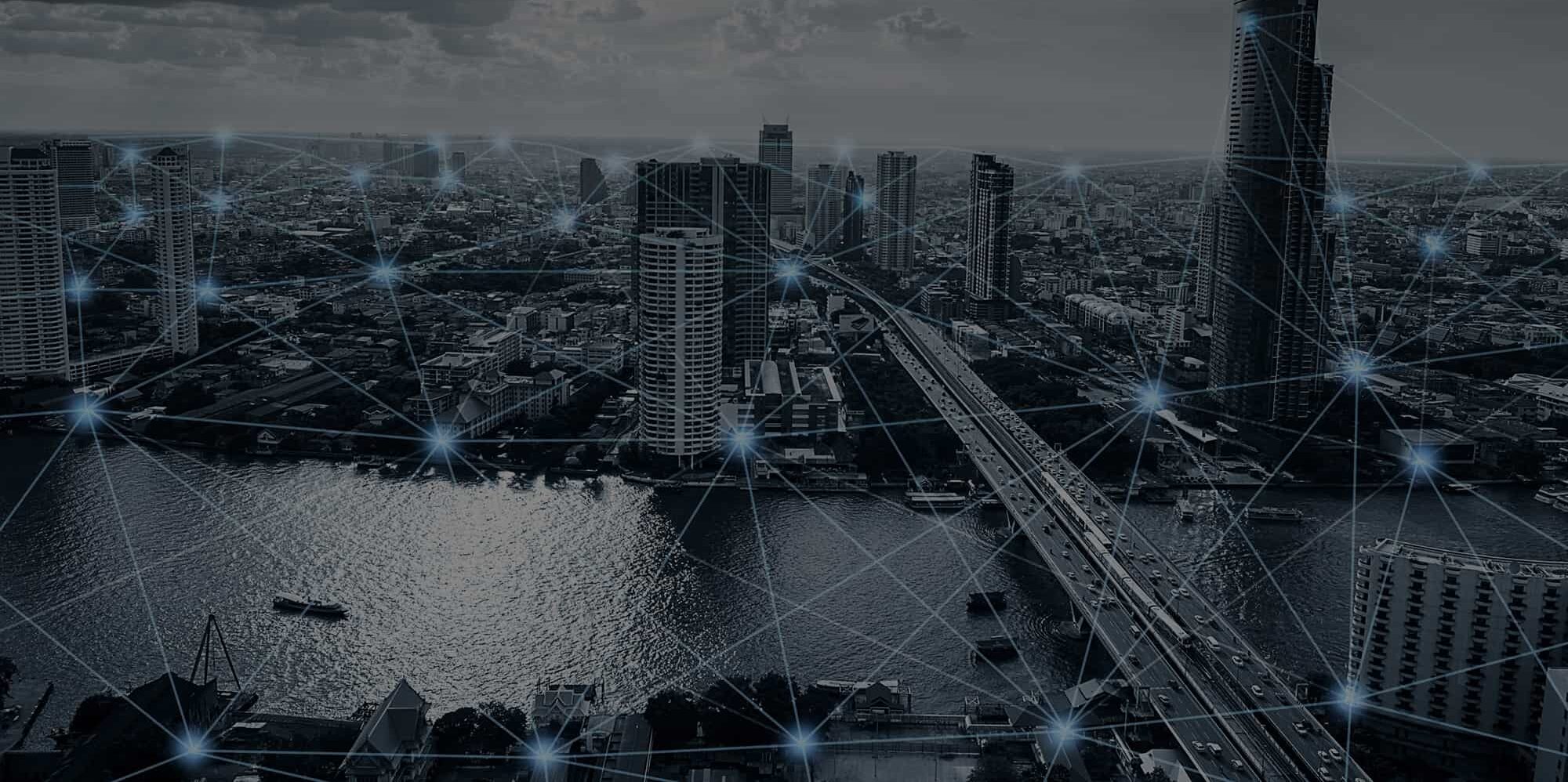
Troubleshooting VPN Connection Failures
If your VPN is not connecting, don’t worry. We have some solutions for you. Connecting to a VPN helps keep your online activity private, but occasionally, issues can arise.
Here are some common reasons why your VPN might not connect and steps to resolve these problems.
1. Check Your Internet Connection
Make sure your internet connection is working properly without the VPN. If you can’t access the web even when not connected to the VPN, the issue could be with your Internet Service Provider (ISP) or your router. Resetting your router or contacting your ISP can often resolve this.
2. Update Your VPN App
Using an outdated version of the VPN software can lead to connectivity problems. VPN providers regularly release updates for their apps to fix bugs and enhance security. Check your VPN provider’s website or the app store on your device to ensure you’re running the latest version of the VPN software.
3. Enter Correct Login Credentials
Double-check that you have entered the correct username and password. Incorrect login details will prevent you from establishing a VPN connection. If you’ve forgotten your details, reset them through your VPN provider’s website.
4. Change VPN Servers
The issue might be with the VPN server you’re trying to connect to. The chosen server could be down or overloaded with users. Switching to a different server, ideally closer to your physical location, can often fix your connection issues.
5. Disable Firewall or Antivirus Software
Firewall or antivirus settings on your device can sometimes block VPN connections. Temporarily disable these security features and try connecting again. This is a short-term fix; re-enable your security software once you’re done identifying the problem.
6. Reinstall the VPN
If nothing else works, uninstalling and reinstalling the VPN software on your device can act as a clean slate, eliminating any corrupt files or improper configurations that might be causing the issue.

Issues on the Provider’s End
Sometimes the problem could be on your VPN provider’s end, such as server maintenance or temporary outages. Contacting their customer support can give you insights and an estimation of when services will return to normal.
A smooth VPN connection helps keep you safe and secure online. By following these steps, you can troubleshoot and potentially fix issues preventing your VPN from connecting.
Enhancing VPN Connection Speed
Switching to a different protocol is another approach to speeding up a slow VPN connection. Different VPN protocols have unique ways of handling data, affecting speed.
You might be using a protocol that focuses on security, which keeps your data very secure but can impact speed. Changing to a faster protocol can often result in a noticeable speed improvement.
Explore the VPN app’s settings and look for Advanced settings or Protocol options. Here you might find the option to switch from OpenVPN to IKEv2/IPSec or WireGuard. WireGuard is known for its fast speeds and modern cryptographic practices.1
Keep in mind, different devices and operating systems might support different sets of protocols, so you may need to experiment to see which one works best for your specific setup.
Using wired connections can also make a significant difference. Wired Ethernet connections offer more stable and usually faster internet speeds compared to Wi-Fi. The wireless signal’s quality can be affected by distance from the router, physical obstructions, and interference from other wireless devices.
By connecting your device directly to the router or modem via an Ethernet cable, you can eliminate these variables, likely improving both your general internet speed and VPN connection speed.
Managing your network’s bandwidth usage is also crucial. Heavy downloading or streaming on the same network by other users can impact your VPN speed.
If possible, limit heavy bandwidth usage by others on the network when you require a fast VPN connection for something important. This can be done by setting quality of service (QoS) rules on your router, and prioritizing your device’s internet traffic.
Some VPNs provide split tunneling features that can enhance speed by allowing you to choose which applications send data through the VPN tunnel and which can connect directly to the internet without VPN protection.
This means less data is processed by the VPN, which could improve performance for critical tasks while still maintaining an adequate level of security.
Following these suggestions can help mitigate a slow VPN connection, improving your browsing, streaming, or gaming experiences with better speeds and stability.

Handling VPN IP and DNS Leaks
Ensuring your VPN doesn’t leak your private information is important for maintaining your online privacy. A VPN leak occurs when your real IP address becomes visible, even when you’re connected to a VPN. This can expose your location, browsing habits, and other private information. To prevent VPN leaks, follow these steps.
Activate the VPN’s Kill Switch: Many VPNs include a ‘Kill Switch’ feature. This automatically disconnects your device from the internet if the VPN connection drops, preventing any data leaks. Check your VPN app’s settings and make sure the Kill Switch is turned on. Each app has a different layout, but you usually find this option under “Security” or “Privacy” settings.
Use IPv6 Leak Protection: IPv6 is the latest internet protocol, but not all VPNs fully support it yet, which can lead to IP leaks. To prevent this, disable IPv6 on your device or enable IPv6 leak protection if your VPN offers it. Disabling IPv6 varies by device, but you’ll generally find the option within your network or Wi-Fi settings.
Conduct Regular Leak Tests: Even the best precautions can’t guarantee absolute safety. Regularly test your VPN for IP, DNS, and WebRTC leaks. Many free tools are available online to conduct these tests. Connect to your VPN, visit a leak test site, and check if the results display your real IP address or that of your VPN. If you see your real IP or DNS queries, there’s a leak.
Enable DNS Leak Protection: To safeguard against DNS leaks, activate your VPN’s DNS leak protection feature. DNS leaks occur when your device uses a default DNS server instead of the VPN’s secure DNS servers, revealing your browsing details.2 You’ll find DNS leak protection in the VPN’s settings.
Select a Reliable VPN Provider: Not all VPNs are created equally. Choose a reputable VPN provider known for strong leak protection features and a commitment to privacy. Research and read user reviews focusing on security and leak prevention capabilities.
Staying vigilant and employing these methods will help bolster your VPN’s effectiveness in shielding your online presence. Regular checks and knowledge of your VPN’s security features are your best defense against leaks.

- Donenfeld JA. WireGuard: Next Generation Kernel Network Tunnel. NDSS. 2017.
- Wikström G. DNS Leaks in Commercial VPN Clients. KTH Royal Institute of Technology. 2020.


Sorry, the comment form is closed at this time.